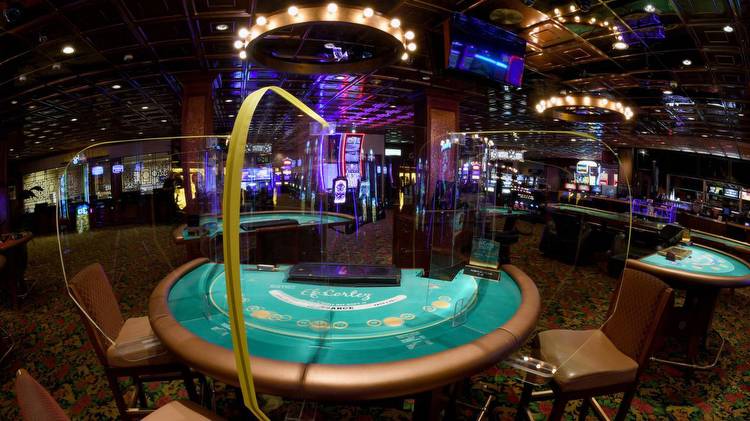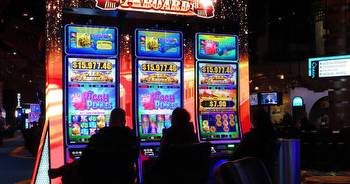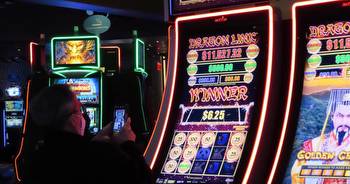States Spending the Most and Least on Gambling

The 465 commercial casinos operating in the United States at the end of 2019 reported a combined revenue of $43.6 billion — an all-time high. Gambling in the United States is by no means limited to casinos, either. All but six states had lottery games in 2019, and lottery ticket sales totaled $81.6 billion that year.
Between both lotteries and commercial casinos, Americans and tourists spent $125.2 billion on gambling in 2019 — or about $491 for every adult in the country. Of course, gambling laws, which can restrict gambling opportunities, vary by state, as does interest in gambling. And residents of some states spend far more on lottery tickets and at casinos than others.
Using data from the U.S. Census Bureau and the American Gaming Association, 24/7 Wall St. identified the states spending the most and least on gambling. States were ranked based on total spending on lottery tickets and in commercial casino gaming per adult 18 years and over in 2019.
It is important to note that while there were 524 tribal casinos in the United States in 2019, these institutions are subject to different regulations than commercial casinos, and revenue from these establishments were not included in this story.
Legal and regulated gambling can be a significant source of revenue for state and local governments across the country. Tax revenue from commercial casinos topped $10 billion in 2019. In Nevada, taxes on casinos account for nearly one in every 10 dollars the state collects in tax revenue. Here is a look at the states where Americans are paying the most in taxes.
While 2019 was a historic year for gambling expenditures in the United States, the same will not likely be said for 2020. COVID-19 shut down businesses like casinos all over the country, and moratoriums on nonessential travel and businesses had devastating economic consequences to gambling destinations like Atlantic City and Las Vegas. Here is a look at 17 non-obvious ways life has changed during the COVID-19 pandemic.































